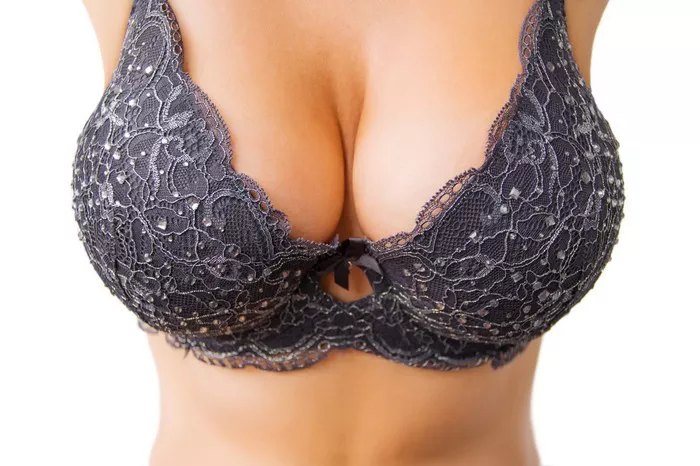Fat transfer breast augmentation, also known as autologous fat grafting to the breasts, is a popular cosmetic procedure that offers a natural way to enhance breast size and shape without the use of implants. Many individuals considering this procedure are curious about its longevity and what they can expect over time. As a Google SEO operation expert, I am here to provide you with a comprehensive guide on how long the results of a fat transfer breast augmentation typically last.
Understanding Fat Transfer Breast Augmentation
Fat transfer breast augmentation is a surgical procedure that involves the removal of excess fat from one area of the body (usually through liposuction) and the subsequent injection of this purified fat into the breasts. It is an appealing option for those seeking a modest increase in breast size, improved breast symmetry, or a more natural-looking enhancement.
Duration of Fat Transfer Breast Augmentation Results
The longevity of fat transfer breast augmentation results can vary from person to person and may depend on several factors. Here’s a closer look at what you can expect:
Initial Outcomes: After the procedure, patients will notice an immediate increase in breast size. However, it’s essential to understand that some of this volume is due to post-operative swelling and the retention of excess fluid.
Short-Term Changes: In the weeks following the procedure, the breasts may appear larger than the final result due to swelling. This swelling gradually subsides, allowing the true outcome to become more apparent.
Long-Term Results: Most of the transferred fat that survives the initial postoperative period is considered permanent. Therefore, the long-term results of fat transfer breast augmentation can last for many years, and in some cases, even indefinitely.
Factors Influencing Longevity
Several factors can influence how long the results of fat transfer breast augmentation last:
Fat Survival: Not all of the transferred fat may survive in its new location. Some fat cells may be reabsorbed by the body, while others become established and persist over time. The percentage of fat that survives can vary among individuals.
Weight Fluctuations: Significant fluctuations in body weight can affect the appearance of the breasts after fat transfer. Gaining or losing a substantial amount of weight can impact the distribution of fat in the body, including the breasts.
Lifestyle Factors: A healthy lifestyle, including a balanced diet and regular exercise, can help maintain the appearance of the breasts and support fat retention.
Aging: The natural aging process can affect the elasticity of breast tissues and may lead to changes in breast shape and firmness over time. This is not unique to fat transfer breast augmentation but is a consideration for all breast procedures.
Pregnancy and Breastfeeding: Pregnancy and breastfeeding can also influence the breasts’ appearance. While fat transfer does not interfere with breastfeeding, the changes that occur during these life events can impact the breasts’ size and shape.
Subsequent Procedures: Additional breast surgeries or procedures can affect the longevity of fat transfer results. For example, if a patient chooses to undergo a breast lift or implant placement later on, it may alter the breast’s appearance.
Maintaining Fat Transfer Breast Augmentation Results
To maximize the longevity of fat transfer breast augmentation results, consider the following tips:
Maintain a Stable Weight: Avoid significant fluctuations in body weight, as these can affect the distribution of fat in the breasts.
Adopt a Healthy Lifestyle: Eat a balanced diet, exercise regularly, and stay hydrated to support overall well-being and fat retention.
Follow Postoperative Instructions: Adhere to your surgeon’s postoperative care instructions, which may include wearing compression garments and avoiding certain activities.
Stay Informed: Regularly consult with your plastic surgeon for follow-up appointments and guidance on maintaining your results.
Conclusion
Fat transfer breast augmentation offers a natural and long-lasting way to enhance breast size and shape. While some initial swelling and changes may occur in the weeks following the procedure, most of the transferred fat that survives is considered permanent. This means that the results of fat transfer breast augmentation can last for many years, making it an attractive option for those seeking a subtle enhancement.
As with any surgical procedure, it’s crucial to have realistic expectations and maintain a healthy lifestyle to support the longevity of your results. If you are considering fat transfer breast augmentation or have questions about the procedure, consult with a board-certified plastic surgeon for personalized guidance and recommendations.
Please note that the information provided in this article is for educational purposes and does not replace the advice of a qualified medical professional. Always consult with a healthcare provider for a comprehensive evaluation and personalized recommendations.


